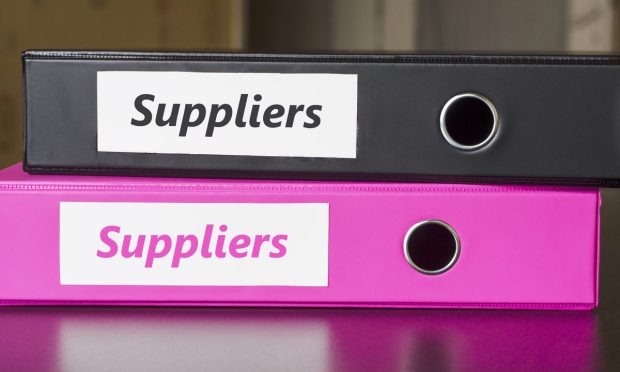24% of AP Professionals Believe Manual Processes Damage Vendor Relationships

Vendor onboarding is a necessary and often challenging step in forging business relationships. Corporate buyers must not only gather data to ensure that potential suppliers can meet their procurement needs, but also collect and verify vendors’ details to comply with anti-crime regulations, adhere to tax reporting requirements and deliver convenient digital payments to these suppliers.
Many companies rely on manual methods to collect this information and complete the supplier enrollment. This can make the process more cumbersome and introduce errors if some facts are recorded incorrectly or not at all.
Beyond that, 24% of accounts payable (AP) professionals believe manual processes damage vendor relationships, according to The CFO’s Guide To Digitizing B2B Payments, a collaboration between PYMNTS and Comdata.
Gathering Information for Vendor Onboarding
The amount of information required to complete vendor onboarding is substantial. Corporate buyers must initially research potential partners to ensure they are operationally stable and can maintain steady flows of good and services. Carefully vetting new suppliers thus often involves examining details such as credit and performance histories.
Having gathered that information, corporate buyers must then answer to regulators. The procuring parties must ensure that suppliers are aboveboard and that engaging with them will not support criminal enterprises. Preventing crime also includes thwarting tax fraud, and companies must obtain certain details to fulfill their tax-reporting responsibilities.
The next step for corporate buyers is to acquire details that will allow them to make swift, digital payments. Switching to digital transactions often requires more supplier details, as companies need to verify vendors’ bank account information to issue electronic payments made via automated clearing house (ACH), for example.
The continued use of manual-heavy procedures to gather and manage this information causes friction. Employees must spend considerable time sorting through documents and reaching out to suppliers for additional details when they find information gaps.
Establishing New Vendor Relationships
Supplier enrollment portals could help. These software solutions enable vendors to go through onboarding processes without needing buyers’ help, saving time for both parties. They also guide suppliers through filling in the various information fields. Having vendors enter their own details — rather than assigning that task to buyers’ employees — can also reduce the risk of errors and provide greater security than asking vendors to send sensitive payment details via email or other channels.
Onboarding portal tools can also automatically validate the entered information, making it faster and easier to check suppliers against sanctions lists and confirm their tax identification numbers (TINs) and addresses.
Vendor portals are helpful for not only receiving details but also storing and accessing them later. These portals provide centralized locations that allow buyers’ AP teams to view vendor information and keep accompanying records about invoices, payment histories and related details. Having all the data in one spot can make it easier for employees to find what they need.
With software solutions reducing some of the burden of collecting and managing all the required data, corporate buyers can ease onboarding and provide smooth, compliant B2B payments. As a result, they can more quickly and smoothly establish new vendor relationships.
